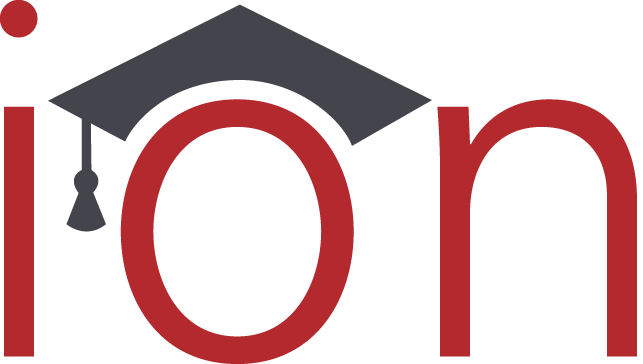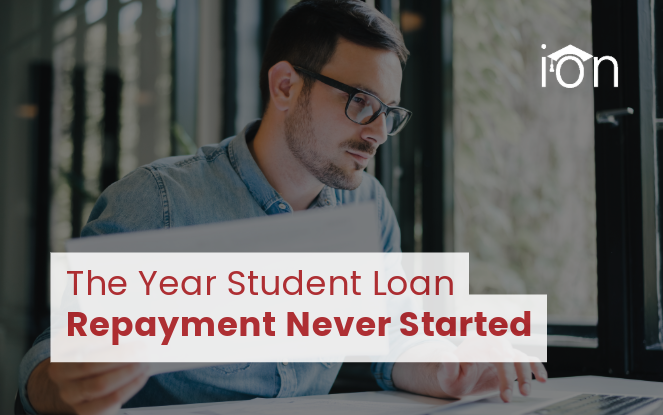In November, the Education Department’s Under-Secretary, James Kvaal, reported that only 60 percent of the 28 million student loan borrowers who needed to make payments had made them. But this was on 22 million and not the entire 28 million borrowers. About 4 million more new borrowers will enter repayment between March 2024 to March 2025. We are just starting the return to repayment.
Student Loan Servicers Need an On-Ramp Just as Much as Borrowers
Servicers are responsible for 44 million student loan borrowers, of whom 28 million entered repayment. In the first 90 days of repayment resuming, Federal Student Aid penalized Servicers about $12 million. Due to insufficient funding, Servicers are cutting service levels to cope with the complexities of constantly evolving requirements and student loan payment plans.
Many ordinary and automated tasks, like billing correctly, suffer from delays and errors. Servicers are unable to meet their service level agreements where hold times exceed an hour to as long as 5 hours.
Nelnet recently took on the Discover student loan portfolio, and MOHELA took over the Navient portfolio. They are likely diverting resources and attention towards more profitable portfolios, diluting their focus in the process.
During ION’s outreach to borrowers for its college and university clients, we found more than half of borrowers are unaware of their Servicer; have not signed on with their FSA ID for over a year or set up an account with a Servicer; have never received an email or letter from their Servicer because they have new addresses; and do not have a strategic repayment plan.
What Can Colleges Do to Prevent Cohort Default Rates (CDR) from Doubling?
Program data through 2019 tells us that 40 percent of all borrowers will enter an IDR plan. This means almost 13 million borrowers must be served within 90 to 120 days. This is an impossible task that requires nearly 4 million manhours.
One – establish an in-school financial literacy and loan repayment management education program. Particularly for online and hybrid campuses. Good financial literacy programs ensure students understand their debt obligation and are ready to resume repayment when their grace period ends.
Two – if you adopt the first initiative, implement a repayment management assistance program through a third-party servicer or your financial aid department. Make the program available online to the extent possible.
Three – ensure that you track your cohorts with NSLDS reports and refer any delinquent students to your third-party servicer to enter an optimal repayment plan. Pay your third-party servicer for “curing” delinquencies, not moving borrowers into forbearance.
Adopting the first two initiatives will reduce the cost of controlling the CDR.

